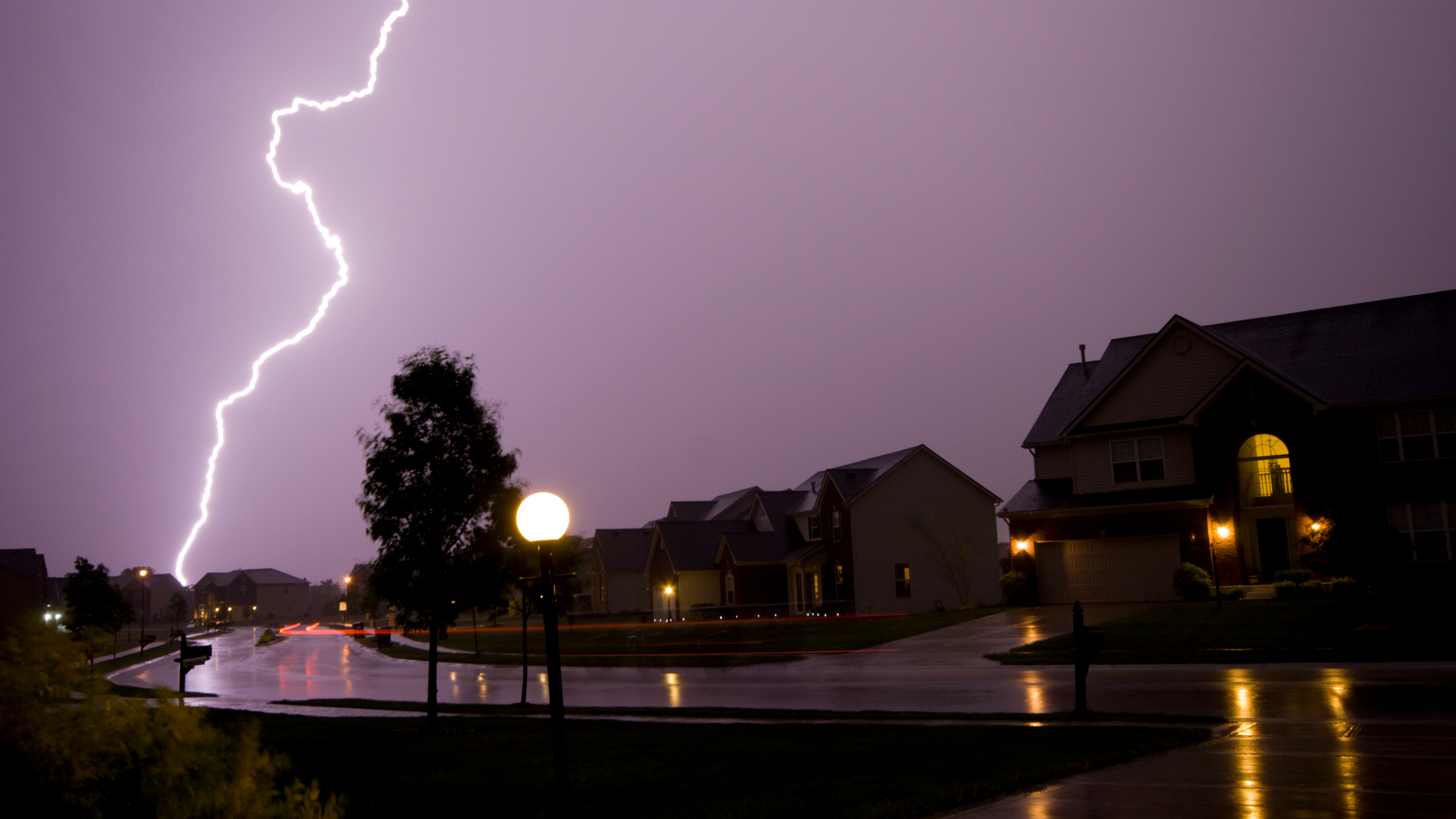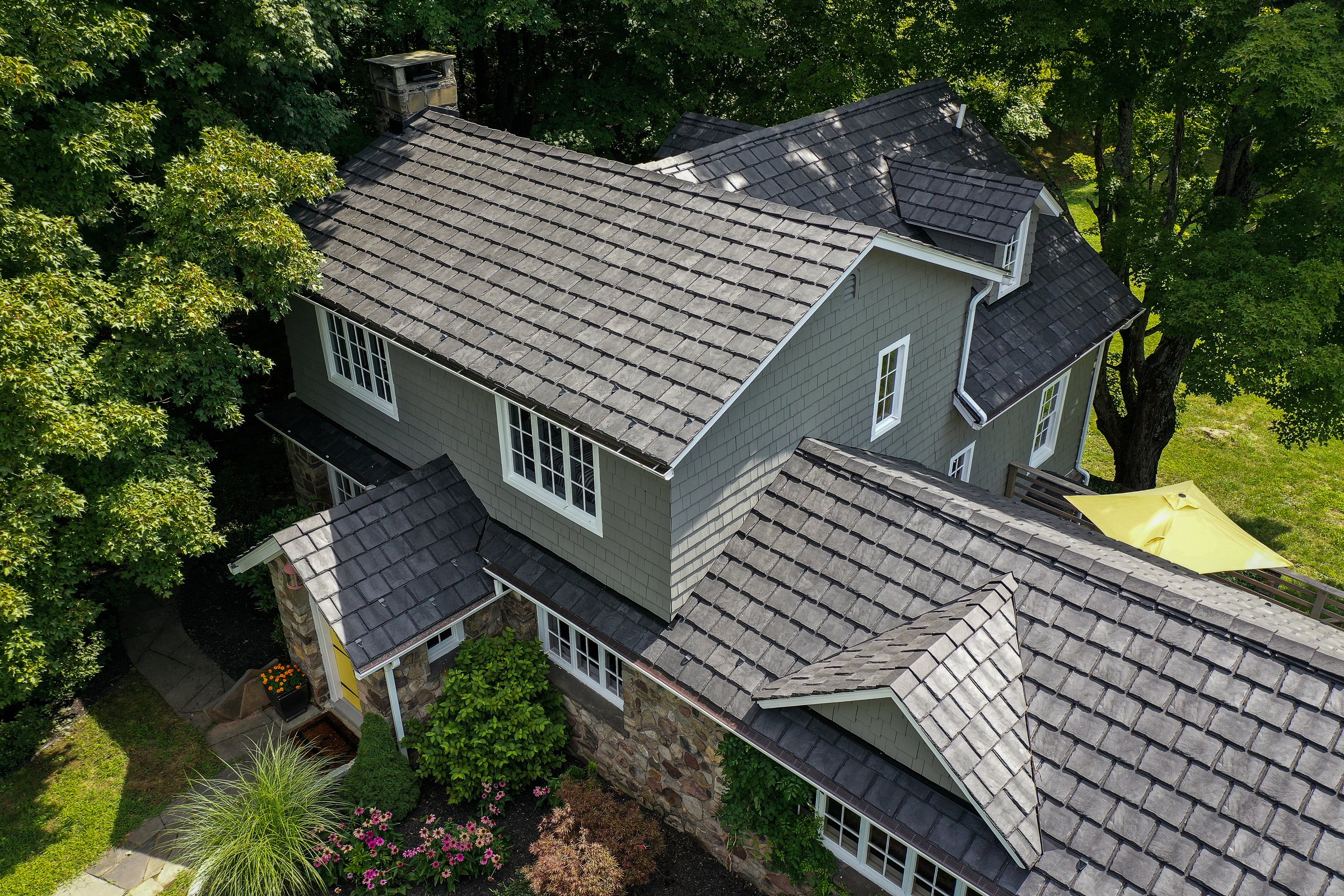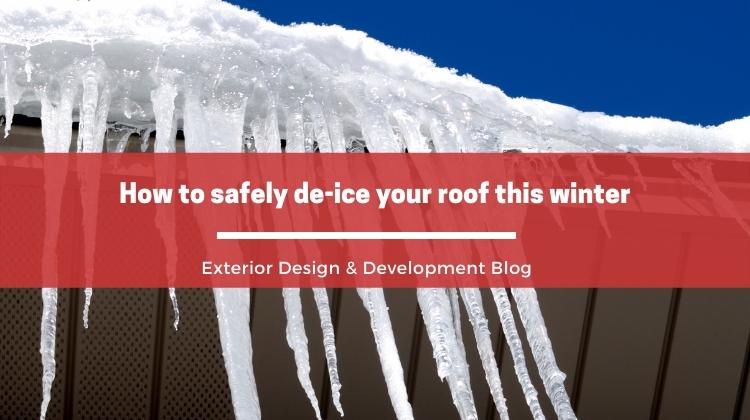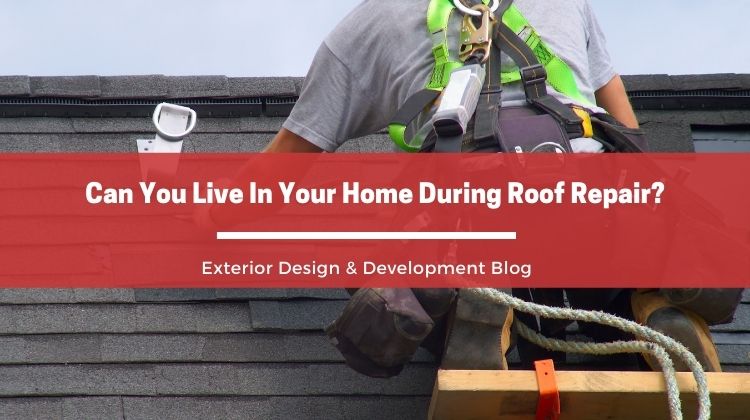The National Weather Service is predicting the 2020 hurricane season, which lasts until November, could bring more storms than our region is used to. During heavy winds and directional rains there are a lot of chances for leaks and damaged roofs. This year, more than ever, it is important to make sure your roof is properly protected!
9 Ways to Make Sure Your Roof Is Protected:
- Clean Your Gutters: Clogged gutters can lead to improper drainage from the downspout causing water to pool on the roof. Usually a once annual cleaning should keep them clear but if you have a lot of trees close to your home, you made need to clear them more frequently
- Monitor The Chimney: Make sure there are no cracks and that it is properly hooded. This is a weak point in your roof.
- Trim Your Trees: Dead or low hanging tree limbs can be broken lose during high winds causing damage to your roof and home exterior. If you see large limbs hanging over the roof of your home, it may a good idea to get a tree company to make sure the branch is still in good strength or remove it.
- Inspect Flashings: Roof flashings are a thin material, usually steel, that roofers use to direct water away from critical areas of the roof, usually where the roof plane meets a vertical surface. Make sure your flashings are smooth and intact. They should not be curled, cracked or contain holes. Pay close to attention to flashings around the chimney, pipes, dormer windows and any other opening in your roof line.
- Get an Inspection: If your roof hasn't been inspected in the last few years, contact a professional roofer to come for an inspection. They will be able to see any signs of potential weakness in the roof , missing shingles, openings in your flashings and help you prevent against leaks and other damage from a storm.
- Repair Leaks ASAP: If you notice brown patches on the ceiling of your top floor, get the source of the leaks repaired as soon as possible! Heavy storms are known to wreak havoc on existing roof leaks.
- Maintain Roof Vents: Roof vents or Intake vents offer clean air to be ventilated around your house. To prevent these vents from leaking rainwater or wind driven stormy rain, make sure your vents are high quality products. The effectiveness of you vents can be known by the specific area-based codes sanctioned by your state. Adding a moisture reduction feature to your vents can keep the vents free from water damage.
- Check Weatherstipping: All exterior doors and windows should have a strip of weather stripping that seals them from the outside elements. Most weather stripping is made of rubber that can dry or rot over time. Check all your doors and windows and replace old dry weather stripping to prevent rainwater from seeping between gaps or pooling around doors from running under into your home.
- Replace a Weak Roof: If your roof is old or weak, it may be time to replace it. Most commonly, shingle roofs in the Northeastern United States will last about 25 years. If you have any concerns about your existing roof, give us a call and we would be happy to schedule a free inspection and estimate!






